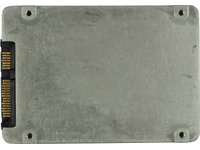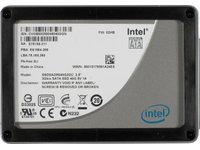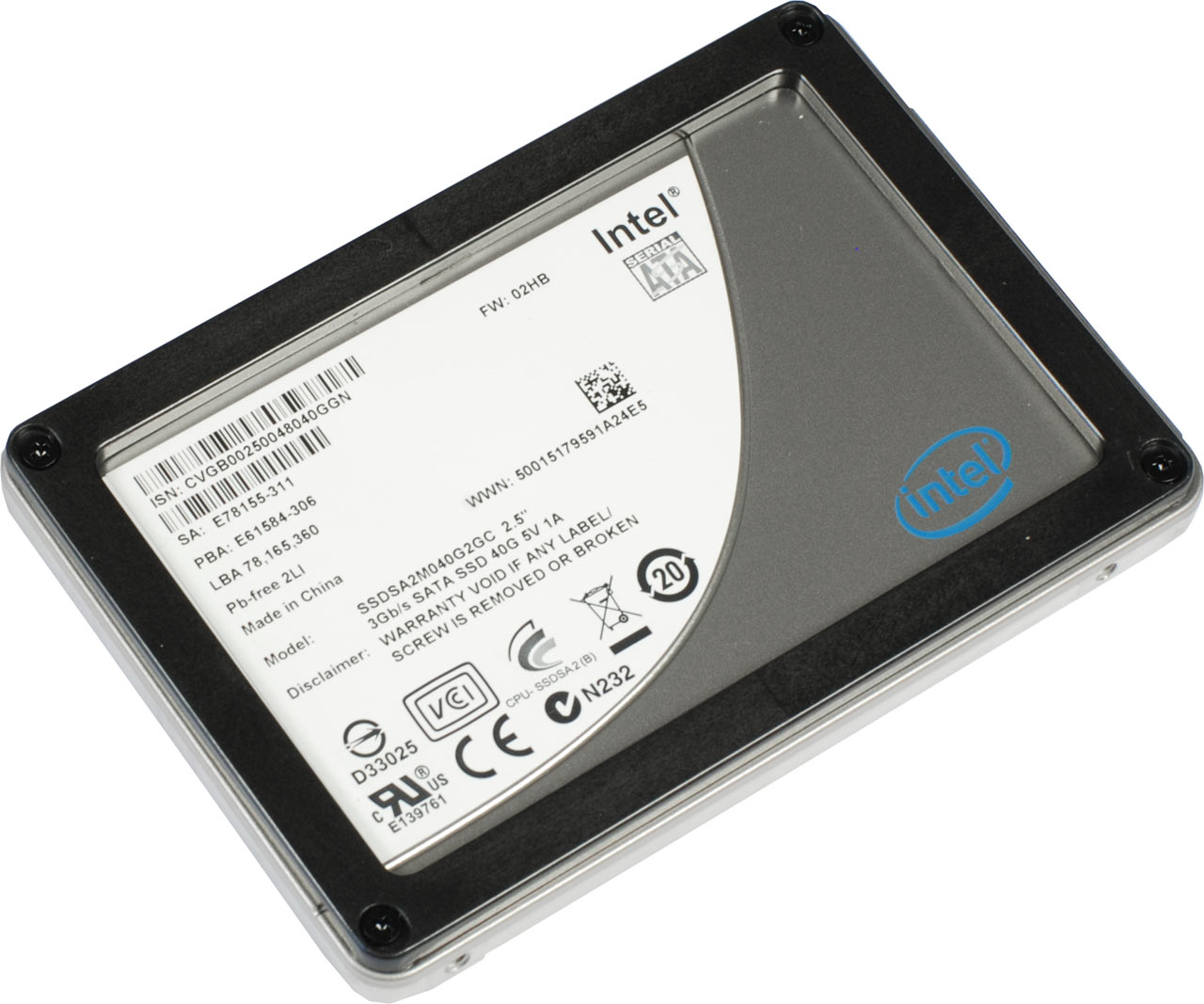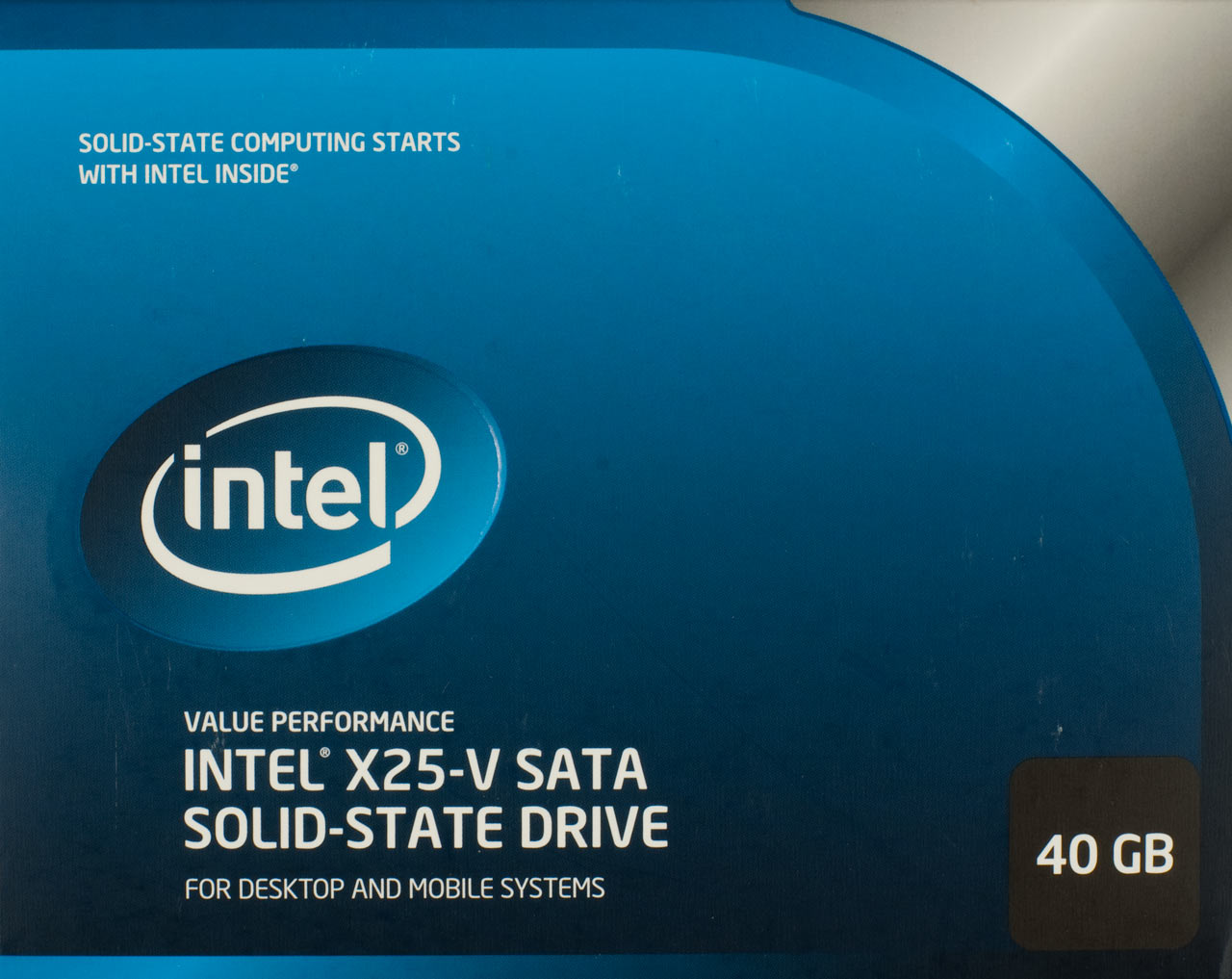Tom's Hardware's Summer Guide: 17 SSDs Rounded Up
Which SSD should you buy today? Seventeen flash-based drives battle across a benchmark suite that include throughput, I/O performance, consistency, power consumption, efficiency, and the best overall bang for the buck. The time is right to upgrade.
Intel X25-V (40 GB)
This is probably one of the hottest SSDs available today, not because of its capacity and not because it’s based on Intel’s successful X25 line, but due to its reasonable price point. The X25-V at 40 GB is the entry-level value model of the product family and only costs just over $100. That’s quite an intriguing price point for a fully-featured SSD.
However, the X25-V does have its drawbacks. A 40 GB capacity is pretty puny when a full Windows installation alone consumes 10+ GB. The more RAM you’re using, the more SSD space you’ll also require to hold your hibernation file. You should count on burning at least 20 GB for your OS and the most important applications, along with a few personal files.
Good news first: read performance of this entry-level SSD is on par with the X25-M, which means up to 235 MB/s for sequential transfers. Unfortunately, minimum transfer rates may drop to 180+ MB/s, which does not happen on the X25-M. That’s not deal-breaker for consumers, but it needs to be mentioned. The real limitation of the X25-V is its write performance, which maxes out at 45 MB/s and may drop to 19 MB/s in a worst-case scenario. Given that modern 2.5” hard drives don’t drop that low, and write at almost double the X25-V's transfer rate, this needs to be considered before purchasing. For example, moving 4 GB of RAM into the hibernation file takes significantly less time on rival SSDs.
In the end, Intel's price and price/performance are unbeatable right now, but the cost per gigabyte is only average, and price/performance per gigabyte is behind the X25-M. The X25-V is cool as a pure system drive that doesn’t have to write frequent data changes.


Get Tom's Hardware's best news and in-depth reviews, straight to your inbox.
Current page: Intel X25-V (40 GB)
Prev Page G.Skill Phoenix Pro (120 GB) Next Page OCZ Vertex 2 (VTX100G, 100 GB)
